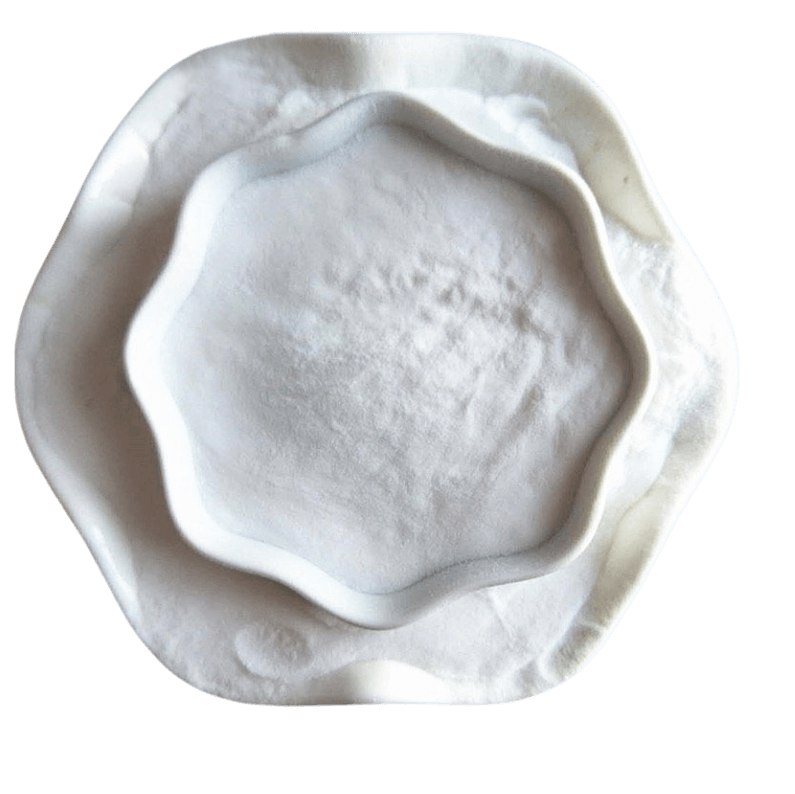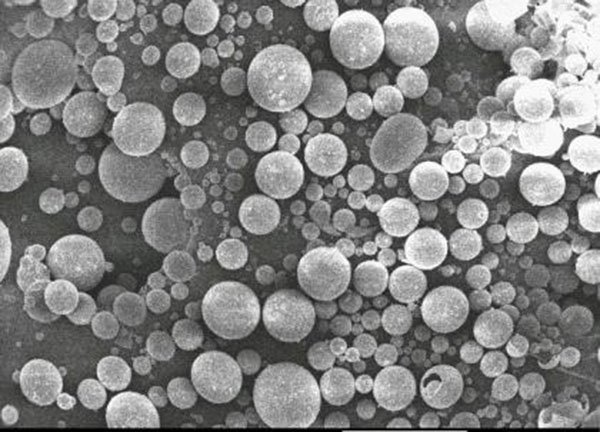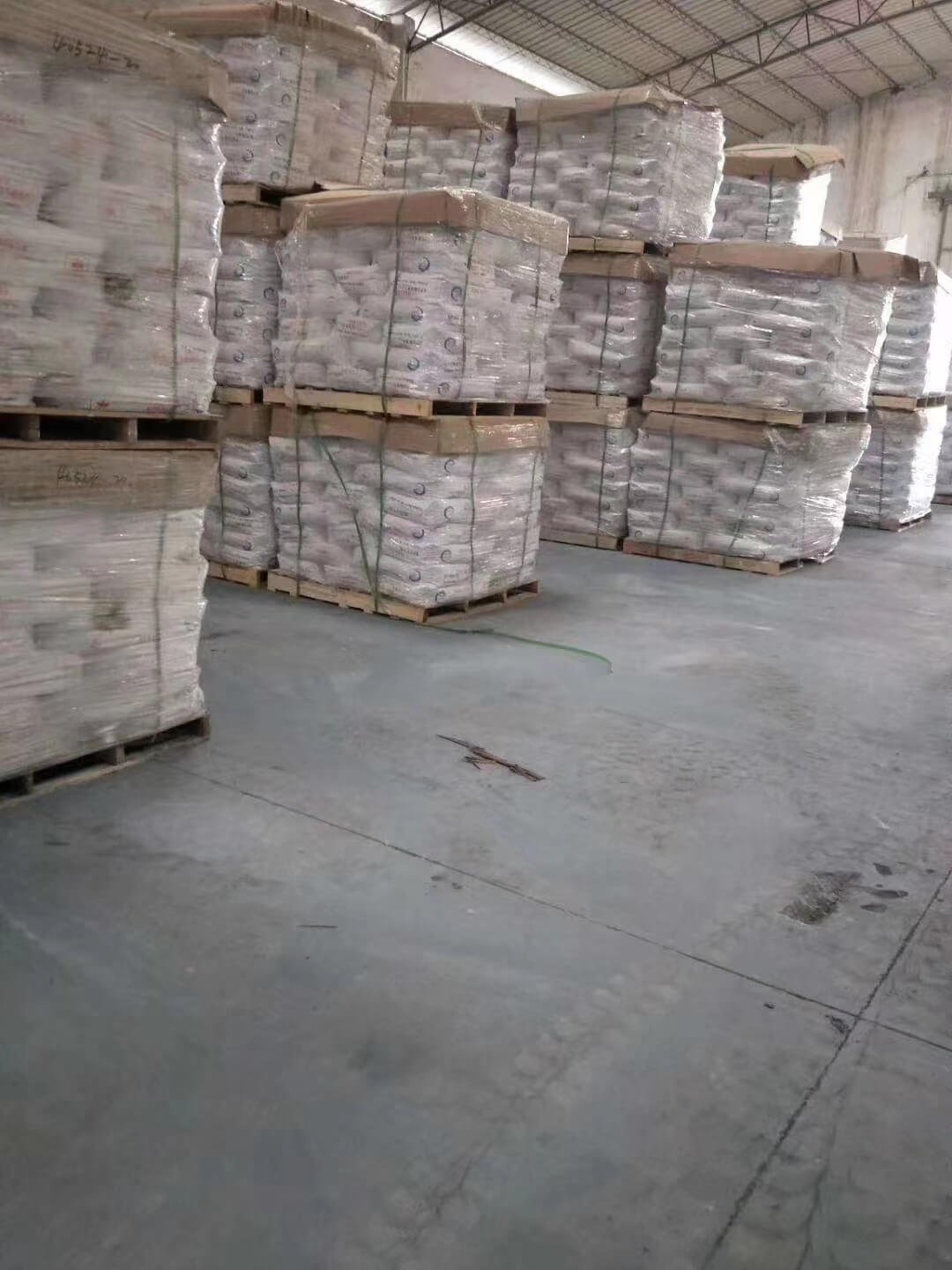Product Type:
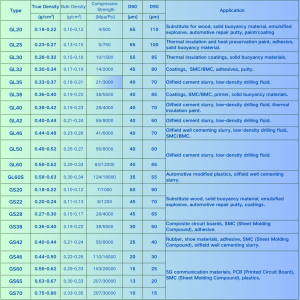
Applications:
1. Plastic and Rubber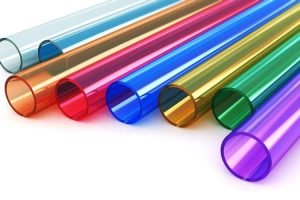
Hollow glass microspheres serve as fillers in ultra-high molecular weight polyethylene (UHMWPE) materials, acting as solid lubricants to improve processing fluidity and modifying the comprehensive mechanical properties of UHMWPE to enhance its strength and wear resistance. Nylon 6 infused with hollow glass microspheres exhibits increased tensile strength, impact strength, and hardness, while also preventing material aging caused by light and heat. As the content of glass microspheres increases, the material’s Martin heat resistance temperature is elevated.
These microspheres are utilized in the production of bearings, camera parts, and furniture accessories. When hollow glass microspheres are filled into rigid PVC, the resulting profiles, pipes, and sheets exhibit excellent dimensional stability, improved rigidity, and increased heat resistance, as well as enhanced production efficiency.
Filling ABS with hollow glass microspheres improves dimensional stability, reduces shrinkage rates, and enhances compressive strength and bending modulus. It also improves surface painting performance, making it widely applicable in the production of TV casings, automotive plastic parts, audio equipment, and home appliances.
Incorporating hollow glass microspheres into epoxy resins reduces material viscosity and improves physical and mechanical properties, making it suitable for the production of composite foam plastics, deep-sea submarines, and lifeboats.
Filling unsaturated polyester with these microspheres can decrease the material’s shrinkage and water absorption rates, enhance wear resistance, and reduce voids during lamination and coating processes. This application is ideal for manufacturing fiberglass products, polishing wheels, and tools.
2. Paint and Coating
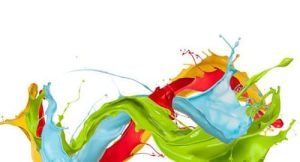
Hollow glass beads possess the smallest specific surface area and a low oil absorption rate, which significantly reduces the usage of other components in the production of coatings. The vitrified surface of the glass beads is more resistant to chemical corrosion and has a reflective effect to light. Consequently, coatings made with these beads exhibit anti-fouling, anti-corrosion, UV protection, anti-yellowing, and scratch resistance.
The closely packed hollow glass beads contain a thin layer of gas inside, which has a low thermal conductivity. As a result, the coatings have excellent thermal insulation properties. The hollow glass beads effectively enhance the flow and leveling of the coating. The gas contained within the beads provides good resistance to thermal expansion and contraction, thereby enhancing the elasticity of the coating and significantly reducing the cracking and peeling caused by temperature fluctuations.
Even at high filling rates, the viscosity of the paint increases minimally, allowing for a reduction in the use of solvents. This, in turn, decreases the emission of toxic gases during the use of the coating and effectively reduces the VOC (Volatile Organic Compounds) levels.
3. Automobile Chassis Assembly

Professional chassis armor is a process where a special elastic polymer material is sprayed onto the automobile’s chassis, completely enveloping the undercarriage and the areas above the wheels. Once it naturally cures, it forms a protective layer with a certain degree of strength and corrosion resistance.
Characteristics of chassis paint with added hollow glass beads:
- The vitrified surface of the glass beads is more resistant to chemical corrosion, thus the paint coating offers anti-fouling, anti-corrosion, anti-yellowing, and scratch resistance.
- When added in the appropriate proportion, the spherical structure of the microspheres effectively disperses impact forces and stress, enhancing the coating’s resistance to external impacts and reducing stress cracking caused by thermal expansion and contraction.
- The toughness of the product is significantly improved, with a notable increase in impact resistance and enhanced surface hardness.
- As the microspheres are closed hollow spheres, when added to the paint, they create many microscopic independent insulating cavities, greatly improving the coating’s insulation against heat and sound, and providing excellent thermal insulation and noise reduction.
4. Artificial Wood

Artificial wood filled with hollow glass beads provides excellent quality assurance for the manufacturing of furniture components, decorative items, and sculptures. By adding different proportions of hollow glass beads to the original formula, the product’s density can be adjusted. The oil absorption rate of hollow glass microspheres is much lower than that of common fillers such as calcium carbonate, which significantly reduces viscosity.
Compared to traditional mineral additives, hollow glass beads offer better flowability, making them suitable for the production of large and thin panels. Materials with added hollow glass beads are easier to nail and process, addressing the common issue of cracking that occurs with traditional formula artificial wood after nailing. The filling amount of hollow glass beads typically ranges from 5% to 20%.
Hollow glass beads mix easily with resins, and it is generally recommended to add them at a slower stirring speed during the final stage of mixing. If high-pressure pumps must be used, it is essential to ensure beforehand that the strength of the hollow glass beads meets the requirements.

